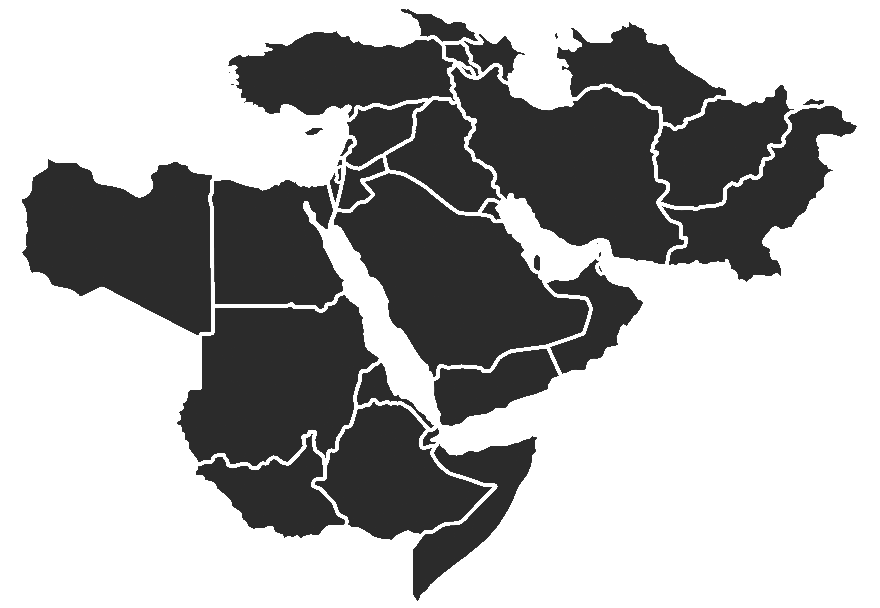{{currentView.title}}
September 09, 2022
Amid Yemen’s Truce, al Qaeda Threatens to Return
Tempered optimism persists over a peace in Yemen after nearly eight years of war. A UN-negotiated truce has largely held since April 2022 between the Houthis, who seized power in September 2014, and the internationally recognized Yemeni government, backed by a Saudi-led coalition. Yemenis now have better access to much-needed humanitarian assistance, though significant obstacles remain to negotiating a political solution. Yet in the background, al Qaeda in the Arabian Peninsula (AQAP) has been rebuilding. An attack in southern Yemen killed 21 Yemeni soldiers on September 6, AQAP’s deadliest since August 2019. Reduced counterterrorism pressure on AQAP in recent years threatens hard-won gains in Yemen.
 A Yemeni army soldier stands guard as he secures a street in Mansoura district of Yemen’s southern port city of Aden March 30, 2016. The Yemeni army backed by local fighters seized control of parts of Aden held by al Qaeda on Wednesday as part of a push to clear the hardline group from its stronghold in the southern port city, a security official said. REUTERS/Fawaz Salman
A Yemeni army soldier stands guard as he secures a street in Mansoura district of Yemen’s southern port city of Aden March 30, 2016. The Yemeni army backed by local fighters seized control of parts of Aden held by al Qaeda on Wednesday as part of a push to clear the hardline group from its stronghold in the southern port city, a security official said. REUTERS/Fawaz Salman
AQAP and its predecessor have been behind multiple terrorist attacks targeting Americans and American interests. Al Qaeda’s first terrorist attack unsuccessfully targeted US Marines at a hotel in Aden in 1992. Al Qaeda killed 17 US sailors on the USS Cole in October 2000 with an explosively laden boat. AQAP, formed in January 2009, became al Qaeda’s most vicious affiliate, targeting the US with the underwear bomb in 2009, a bomb disguised as printer cartridges in 2010, and another bombing attempt in 2012. An AQAP threat stream closed 22 US embassies across the Middle East and North Africa in 2013. Most recently, AQAP directed the shooting that killed three Americans at Naval Air Station Pensacola in 2019.
The US counterterrorism strategy in Yemen—the so-called “Yemen model”—relies on local partners to combat AQAP on the ground and US airstrikes to target key operatives. Fundamentally, the US provides intelligence and logistical support to partnered forces to fight AQAP and push the group from terrain. US airstrikes eliminate those AQAP elements focused on transnational attacks and the senior leaders who inspire and direct the organization. The approach collapsed in 2015 with the outbreak of civil war, and AQAP gained control of much of southeastern Yemen. An Emirati-led ground offensive against AQAP conducted primarily by Emirati-trained Yemeni forces began to roll back these gains in 2016. By 2019, AQAP was degraded operationally, its leadership in hiding, and restricted to its remote, historical sanctuaries.
Yet, as in 2015, shifts in US partners’ priorities is lifting pressure from AQAP. The UAE drew down its forces in 2019, recalibrating its commitments in Yemen after successfully weakening AQAP. The Yemeni forces that the UAE had trained and supported, drawn in part from secessionist elements and now part of Yemeni’s coalition government, shifted their attention to pursue their own local priorities. These groups have sought to increase their control over parts of southern Yemen at the expense of their governing partners, prompting inter-factional conflict that distracts both from the anti-Houthi fight and the anti-AQAP fight.
Today, AQAP is reconstituting its capabilities and strengthening on the ground. The group could once field tactical teams, using explosive-rigged vehicles to ram through security measures at Yemeni military headquarters and then attacking with direct and indirect fire. Over the last two years, AQAP has harassed counterterrorism forces and Houthi units with small arms fire and unsophisticated improvised explosive devices. The September 6 attack represents a step-change in AQAP’s tactical capabilities, and a sign of better recruiting, training, and planning. AQAP fighters armed with rocket-propelled grenades and light and medium weapons ambushed a security checkpoint, maneuvered with tactical vehicles, and killed a local commander. Its long-time sanctuaries in southern Yemen have played a role in enabling AQAP’s return. AQAP today uses these sanctuaries to hide hostages and recruit locally. Unconfirmed reports also suggests AQAP is more visible, flying its flag from pickup trucks.
Even weakened, AQAP remains a threat to US national security. The group is larger than it was in 2009 and 2010 when it attacked the US. At the time, AQAP had roughly 300 fighters. Today, it has 3,000 fighters. Some of those were almost certainly trained by the Norwegian Anders Cameroon Ostensvig Dale, now in Houthi custody, who learned his craft from the explosives mastermind Ibrahim al Asiri. Moreover, AQAP retains veteran senior leaders, despite its losses. They will remain focused on global jihad and maintain their intent to target and kill Americans, according to a US intelligence assessment, which makes AQAP’s efforts to redevelop its maritime capabilities worrisome.
Current trends in southern Yemen will favor AQAP. Factional infighting within the Yemeni government diverts attention from AQAP. The UAE’s shift away from Yemen has reduced its ability and willingness to prevent the forces it had trained from focusing on the ongoing power struggle in southern Yemen rather than counterterrorism. Herein lies the challenge for the US: ensuring that its partners keep the pressure on AQAP when both they and the US seek to put counterterrorism on the back burner. Now is the time to work with the various Yemeni factions to better unify the nascent coalition government and thereby keep AQAP down and out.
